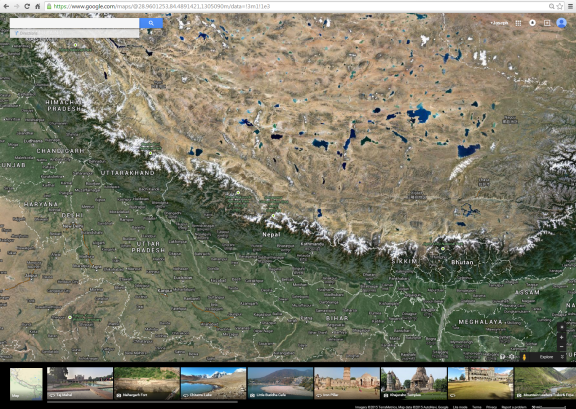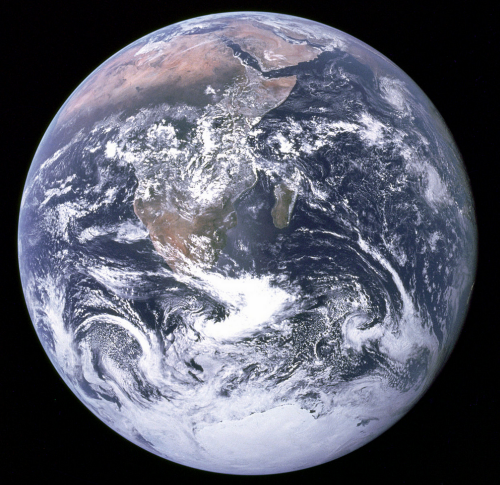The Real Value of Remotely Sensed Data
Anonym
This past week, I was reminded of just how nascent the remote sensing industry is while reading a blog post titled Google Maps turns 10! Was I the only one who heard this news and thought, "really, Google Maps is only 10 years old?" It's hard for me to even remember how I got around before Google Maps came along. I recall having a stack of maps in my back seat and actually having to pull over to use them from time to time. And if I didn't have the right map - well, then I was lost. And I'm much too proud (i.e. stubborn) to ask for directions.

Google Maps
Beyond what Google Maps has done to "keep us found", I would think it has had a pretty profound influence on the way we view our world. With satellite, airborne, and terrestrial imagery from multiple providers, we can use Google Maps to actually get an idea of what far away places look like. Whether on a computer, a tablet, or a smartphone, with just a few clicks of a mouse or a swipe of the finger, we can zoom in to any location on the earth's surface. Zooming in to some remote region of the earth's surface will surely never replace the experience of actually being there, but what it does do is to help us make a connection - to see how it is linked to where we are and how it fits into this big puzzle we call planet earth.
Before Google Maps, there were other moments that changed the way we view our planet. On December 7, 1972, the crew of Apollo 17 captured a photograph of Earth from a distance of about 28,000 miles. This now famous photograph is known as The Blue Marble. Some say that it is the most widely distributed image in human history.

The Blue Marble
Mere months before The Blue Marble photograph was taken by the crew of Apollo 17, the Landsat 1 satellite was launched into orbit by NASA. Landsat 1, launched on July 23, 1972, was the first satellite in the Landsat program. The Landsat program is now the longest continuous earth observation program in history. With the Landsat program and the many government and commercial satellites that were to follow, a new era in our understanding of the world was ushered in. Remote sensing offers tools unlike anything the world has seen before and we are less than a half century in. We can now see our world - our whole world - as it looks from afar. We can monitor it's changes. We can watch for hazards. We can find out what is happening when a disaster strikes. We can search for things that have gone missing. And so much more. We might all be pretty used to this by now and for some of us, this is pretty much how it was the day we were born. But it's important to note that remote sensing is all so very new in the grand scheme of things and it's a much more powerful tool than it might appear on the surface.